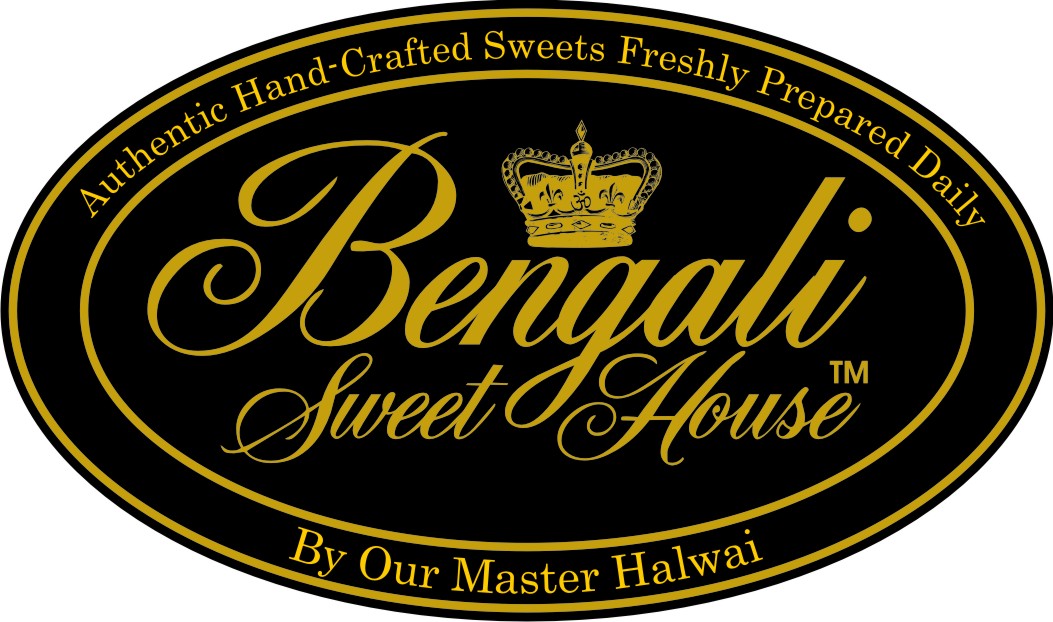Introduction
Festivals in Bengal are vibrant celebrations marked by colorful decorations, lively music, and, of course, an array of delicious sweets. Bengali sweets, or "mishti," play a pivotal role in these festivities, adding a touch of sweetness to the joy and reverence of each occasion. From the grandeur of Durga Puja to the warmth of Sankranti, each festival is celebrated with unique traditional treats that reflect the rich culinary heritage of Bengal. In this blog post, we’ll explore how Bengali sweets are intricately woven into the fabric of festival celebrations and highlight some must-try treats for each occasion.
Durga Puja: The Grandest Festival
Traditional Sweets: Nolen Gur Sandesh and Pantuwa
Durga Puja, the most significant festival in Bengal, honors the goddess Durga with grandeur and devotion. During this time, sweets are offered as part of the worship and shared with family and friends.
Nolen Gur Sandesh is a seasonal delicacy made from date palm jaggery, which imparts a rich, caramel-like flavor to the soft chenna-based sweet. This treat is a symbol of autumn and the festival’s celebratory spirit.
Pantuwa is another favorite, consisting of deep-fried sweet balls made from chenna and soaked in sugar syrup. Their rich, indulgent taste perfectly complements the festive atmosphere.
Modern Twists: Fusion Sweets
While traditional sweets remain beloved, modern variations like Chocolate Nolen Gur Sandesh and Mango Pantuwa are also gaining popularity, adding a contemporary twist to the festivities.
Diwali: The Festival of Lights
Traditional Sweets: Chomchom and Sondesh
Diwali, the festival of lights, is celebrated with a variety of sweets that symbolize prosperity and joy.
Chomchom is an elongated, spongy sweet made from chenna and drenched in sugar syrup. Its rich flavor and soft texture make it a favorite during Diwali celebrations.
Sondesh, with its myriad flavors and shapes, is perfect for gifting and sharing. Whether it’s classic flavors like Kesar (saffron) or more adventurous ones like Rose, Sondesh adds elegance to the Diwali feast.
Modern Twists: Creative Flavors
For a fresh take, consider Pistachio Chomchom or Rose Flavored Sondesh, which offer new and exciting flavors while keeping the essence of traditional Diwali sweets.
Pohela Boishakh: Bengali New Year
Traditional Sweets: Patishapta and Payesh
Pohela Boishakh marks the Bengali New Year with vibrant celebrations and traditional sweets.
Patishapta is a crepe-like pancake filled with a sweet mixture of coconut and khoya. This delicacy is enjoyed during the new year festivities for its delightful combination of textures and flavors.
Payesh, a creamy rice pudding cooked with milk, sugar, and cardamom, is a traditional Bengali sweet that represents prosperity and is often served to guests during Pohela Boishakh.
Modern Twists: Nutty Variations
For a modern twist, try Almond Patishapta or Fruit Infused Payesh, which offer a contemporary take while preserving the traditional essence.
Sankranti: The Harvest Festival
Traditional Sweets: Pithe and Puli
Sankranti, also known as Makar Sankranti, is a harvest festival celebrated with traditional sweets.
Pithe are rice flour dumplings that can be steamed or fried and are filled with sweetened coconut or jaggery. They come in various forms and are a staple during Sankranti.
Puli, another traditional sweet, is a rice flour and jaggery-based treat that is often steamed or boiled, providing a warm and comforting experience.
Modern Twists: Healthy Options
Quinoa Pithe and Oat Puli are healthier alternatives that still capture the essence of traditional Sankranti sweets while offering a nutritious twist.
Eid: A Celebration of Joy
Traditional Sweets: Kheer and Ladoo
Eid, a significant festival for Bengali Muslims, features a variety of sweets that are enjoyed with family and friends.
Kheer, a creamy rice pudding, is a popular choice for Eid celebrations. It is flavored with cardamom and garnished with nuts, making it a rich and indulgent treat.
Ladoo, made from gram flour and ghee, is another classic sweet that symbolizes joy and festivity.
Modern Twists: Fusion Sweets
Consider trying Saffron Kheer with Dried Fruits or Coconut Ladoo for a modern twist that enhances traditional flavors.
Conclusion
Bengali sweets are more than just confections; they are an integral part of festival celebrations, embodying the spirit and joy of each occasion. From the grandeur of Durga Puja to the warmth of Sankranti and Eid, these sweets bring people together, celebrating tradition and flavor in every bite. Whether you’re enjoying classic treats or exploring modern twists, Bengali sweets offer a delicious way to partake in the vibrant festival culture of Bengal. So, the next time you celebrate a festival, savor these delightful sweets and embrace the rich culinary heritage of Bengal.








